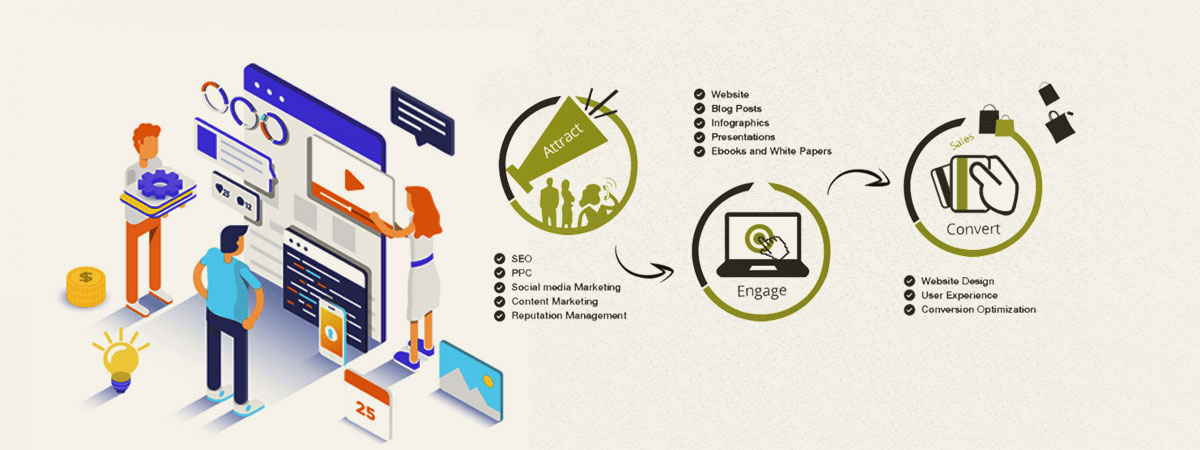The Development Of Site Design: From Past To Present
The Development Of Site Design: From Past To Present
Blog Article
Material Produce By-Kinney Hyldgaard
In the past, internet sites were basic and concentrated on information. Navigating was direct, and design was for desktop computers. Currently, customer experience is essential. Information overviews styles for very easy navigating. Receptive designs suit different tools. Today, dark mode lowers pressure, and minimal menus enhance navigating. Interactive features engage customers, and strong visuals attract attention. AI integration enhances interaction. See how design has evolved to improve your online trip.
Early Days of Website Design
In the early days of web design, simpleness reigned supreme. Internet sites were standard, with restricted shades, font styles, and designs. The focus was on offering info instead of fancy visuals. Users accessed the net via slow dial-up links, so speed and functionality were vital.
Navigating menus were straightforward, usually located at the top or side of the web page. Sites were designed for computer, as mobile browsing wasn't yet prevalent. Web content was king, and developers focused on simple readability over complex layout aspects.
HTML was the key coding language utilized, and designers had to work within its constraints. Computer animations and interactive features were minimal compared to today's standards. Sites were fixed, with little dynamic material or personalized user experiences.
Rise of User-Focused Design
With the evolution of website design, a change towards user-focused layout concepts has become significantly noticeable. Today, creating sites that prioritize user experience is critical for engaging site visitors and accomplishing organization objectives. https://www.fool.com/the-ascent/small-business/social-media/articles/how-to-market-yourself/ -focused layout entails comprehending the needs, choices, and behaviors of your target market to customize the internet site's format, material, and includes as necessary.
Designers now conduct detailed research study, such as individual studies and functionality screening, to gather insights and feedback straight from individuals. This data-driven method helps in producing user-friendly navigation, clear calls-to-action, and aesthetically appealing interfaces that resonate with visitors. By putting the user at the facility of the style process, websites can supply a much more personalized and satisfying experience.
Receptive design has actually also emerged as a crucial aspect of user-focused style, making certain that web sites are maximized for various gadgets and display dimensions. This flexibility boosts access and usability, catering to the varied ways customers communicate with websites today. Basically, the increase of user-focused design represents a change towards developing digital experiences that focus on the requirements and expectations of the end user.
Modern Trends in Web Design
Explore the most recent fads shaping website design today. One noticeable trend is dark setting design, offering a sleek and modern-day appearance while reducing eye pressure in low-light atmospheres. https://techbullion.com/top-10-reasons-you-need-a-digital-marketing-strategy/ is minimalist navigating, streamlining food selections and improving customer experience by concentrating on essential elements. Integrating micro-interactions, such as computer animated buttons or scrolling impacts, can develop a much more engaging and interactive internet site. Responsive layout remains critical, guaranteeing smooth customer experiences across numerous gadgets. In addition, using bold typography and unbalanced layouts can include visual rate of interest and draw attention to details web content.
Integrating AI modern technology, like chatbots for customer support or customized suggestions, enhances individual interaction and improves processes. Ease of access has also come to be a significant trend, with designers focusing on comprehensive design methods to cater to varied customer demands. Embracing sustainability by enhancing site efficiency for rate and efficiency is one more emerging fad in web design. Teaming up with customer comments and information analytics to repeat and boost layout continually is crucial for remaining relevant in the ever-evolving digital landscape. By accepting these contemporary fads, you can produce an aesthetically attractive, easy to use website that reverberates with your target market.
Verdict
As you review the evolution of site layout from the very early days to now, you can see just how user-focused design has actually come to be the driving pressure behind contemporary fads.
Accept the journey of modification and adjustment in web design, always keeping the individual experience at the forefront.
Tippingpointdigital
Keep present with the most recent trends and modern technologies, and never ever stop progressing your method to develop aesthetically sensational and user-friendly sites.
Evolve, adapt, and develop - the future of website design remains in your hands.
